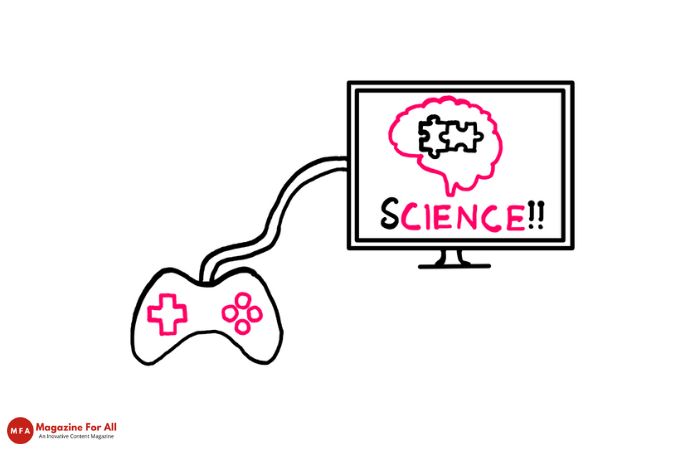
Table of Contents
Does Stem Cell Therapy Work? Exploring the Potential and Challenges
In recent years, the promise of stem cell therapy has captured the attention of scientists, medical professionals, and patients alike, offering the possibility of revolutionary treatments for a variety of conditions. https://autismtreatmentuk.com/ Despite the excitement and potential, there remains considerable debate and exploration into the efficacy and practical application of stem cell-based treatments.
Understanding Stem Cells and Their Unique Properties
Stem cells are undifferentiated cells capable of differentiating into specialized cell types. They possess the unique ability to develop into a diverse range of cell types and can replenish other cells through cell division. This remarkable property offers tremendous potential in regenerative medicine as stem cells can potentially repair or replace damaged tissues or organs.
Application of Stem Cell Therapy
The applications of stem cell therapy are extensive and encompass a wide range of medical fields. Some of the most promising areas of research and treatment include:
1. Neurological Disorders
Stem cell therapy is being explored as a treatment for various neurological conditions, including Parkinson’s disease, Alzheimer’s disease, and spinal cord injuries. The goal is to replace damaged neurons and improve the functionalities that these cells support.
2. Cardiovascular Diseases
Researchers are investigating how stem cells can be used to repair damaged heart tissues following a heart attack. The ability of stem cells to regenerate heart muscle cells offers hope for patients with heart disease.
3. Diabetes
Stem cells hold promise in managing diabetes, particularly type 1 diabetes, where the body’s immune system attacks insulin-producing cells. By replenishing these cells, stem cell therapy could potentially regulate blood sugar levels more effectively.
4. Osteoarthritis and Musculoskeletal Disorders
Stem cell treatments are being developed to repair damaged cartilage and tissues in joints, potentially offering relief to patients suffering from osteoarthritis and other musculoskeletal conditions.
Challenges and Ethical Considerations
Despite the promising potential, stem cell therapy faces several challenges and ethical concerns that must be addressed:
1. Technical and Scientific Challenges
Developing safe and effective stem cell therapies involves overcoming significant scientific challenges. These include ensuring the stability and safety of stem cells, avoiding immune rejection, and controlling the differentiation of stem cells to prevent unintended outcomes.
2. Ethical Issues
The use of embryonic stem cells in research has raised ethical concerns due to the destruction of embryos. While induced pluripotent stem cells (iPSCs) offer an alternative by reprogramming adult cells, there are still ethical debates surrounding human cloning and the potential misuse of technology.
3. Regulatory and Financial Hurdles
The path to market for stem cell therapies is often fraught with regulatory barriers and the high costs associated with research and development. Ensuring rigorous testing and approval processes are in place is crucial to patient safety and treatment efficacy.
The Future of Stem Cell Therapy
The future of stem cell therapy is both promising and uncertain. Progress in research is continually expanding our understanding of stem cells, and advancements in biotechnology may enable the development of more effective treatments. Collaborative efforts between scientists, clinicians, and regulatory bodies are essential for translating basic research into safe and accessible therapies for patients.
Conclusion
Does stem cell therapy offer groundbreaking potential in modern medicine? The answer is nuanced. While the promise is undeniable, the road to widespread application is complex and requires careful navigation of scientific, ethical, and regulatory landscapes. As research progresses, stem cell therapy may indeed transform medical treatment paradigms and improve the lives of countless patients.
As we continue to explore the capabilities and limitations of stem cells, it is crucial to maintain a balanced perspective, acknowledging both the hope they represent and the challenges they present. With concerted efforts and responsible exploration, the future of stem cell therapy holds the potential to redefine the possibilities within regenerative medicine.































































